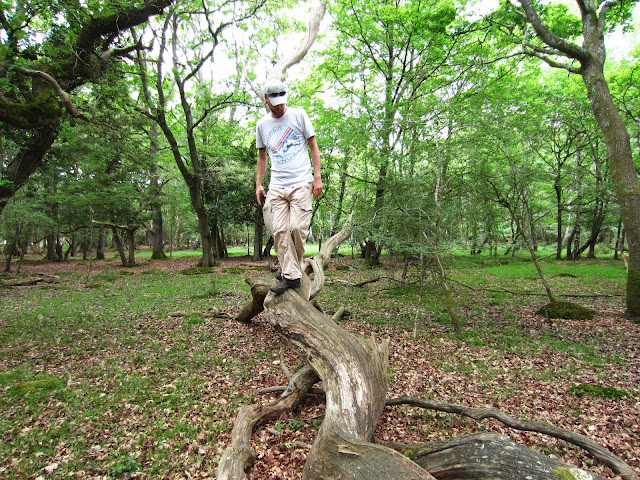Nick and I do not consider ourselves religious, in the sense that we do not believe in any form of deity or follow a system of beliefs. Contrary to popular belief we are not even pagan... although you could call us sun-worshipers of a kind. Not as in we like to sit on beaches getting tans but that we appreciate and acknowledge that without the Sun, there would be no life on our planet. The solstices are a reminder of the orbit of the Earth around the Sun, and our solar system's place in the Universe, and an opportunity to be grateful for all we have.
Who knows what went on at Stonehenge, but the Sun must have been important to the people who built it, as the monument is aligned to the midsummer sunrise and midwinter sunset. So for our last summer solstice in the UK we decided to watch the sunrise from Stonehenge.
Although Stonehenge is normally open to the public, you can't actually get near the stones. But at the solstices, you are allowed to go right up to the stones and touch them. That privilege alone is worth going for, as you can't fully appreciate their size until standing right beneath them.
We went before, in 2009, when the solstice fell on a weekend. 36,500 people went that year and we queued for five hours. The place was overrun with people and we didn't stay for the sunrise. This year, with the solstice falling on a weekday and heavy rain forecast, we thought it might be worth another go.
Arriving at 23:30 there was no queue to get in (only 14,500 people went this year) although the car park was still full of noisy people blaring out music as if it were a festival, or passed out on the grass. Over at the stones things were quieter and there was more of a spiritual atmosphere. Unfortunately, then the rain came, and we knew we couldn't spend the next few hours out in it as it was so heavy so we went back to the car for a nap.
Walking back to the stones at 4am the rain stopped and there was an air of anticipation. The crowds looked decidedly more sober. We watched some handfasting and other pagan ceremonies
. The sunrise at 04.52 was greeted by a cheer although a thick layer of cloud meant we didn't catch a glimpse of the rising sun. We realised we had left the memory card from the camera in the car so couldn't take any pictures, doh. Click here to see some nice ones from the Guardian instead.
As we have the longest day in the Northern hemisphere, the Southern hemisphere has it's shortest day. Six months later in December, the situation is reversed. That means this year, as we will be in Australia for December, we will experience the longest day in the Southern hemisphere too.




























































